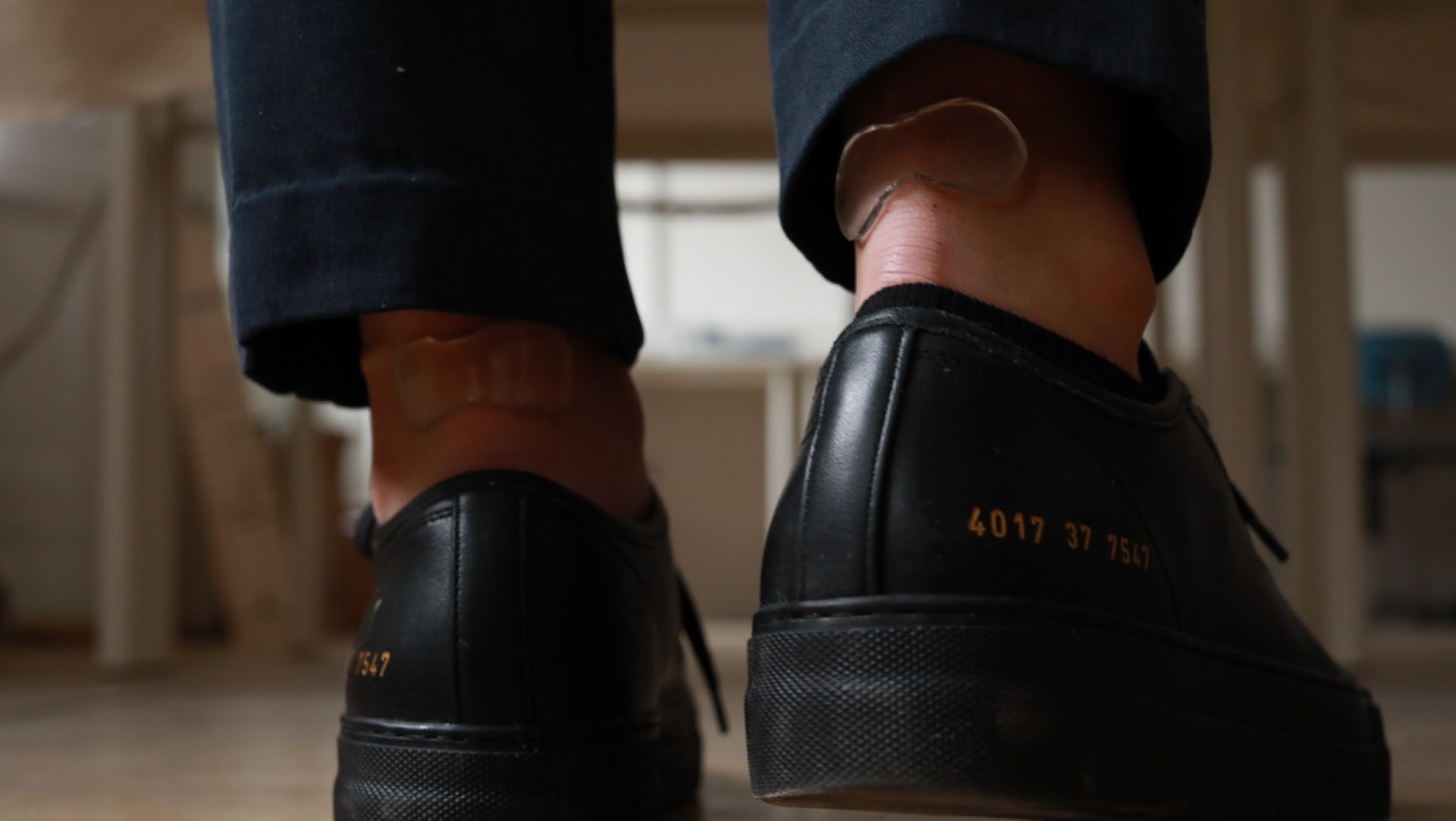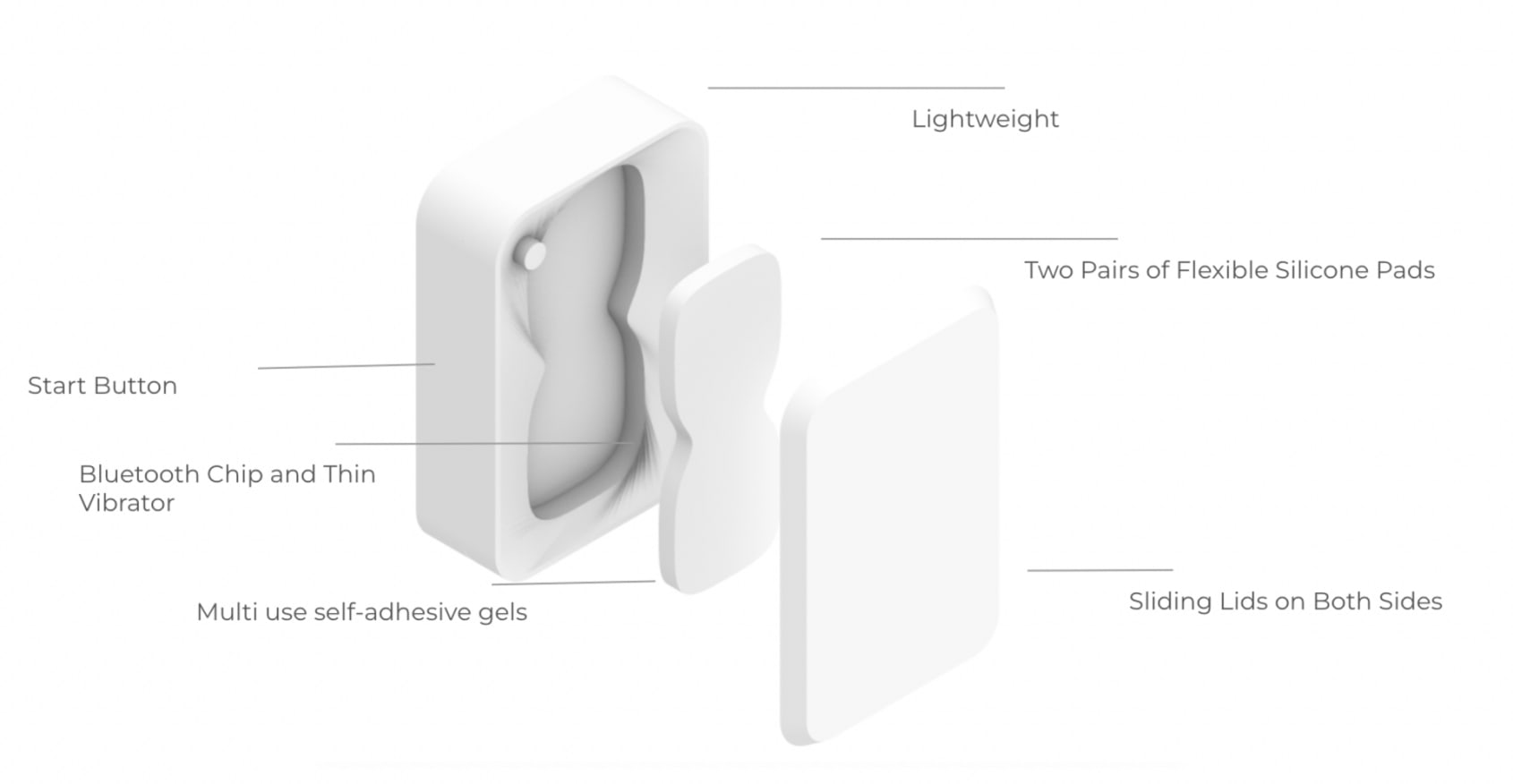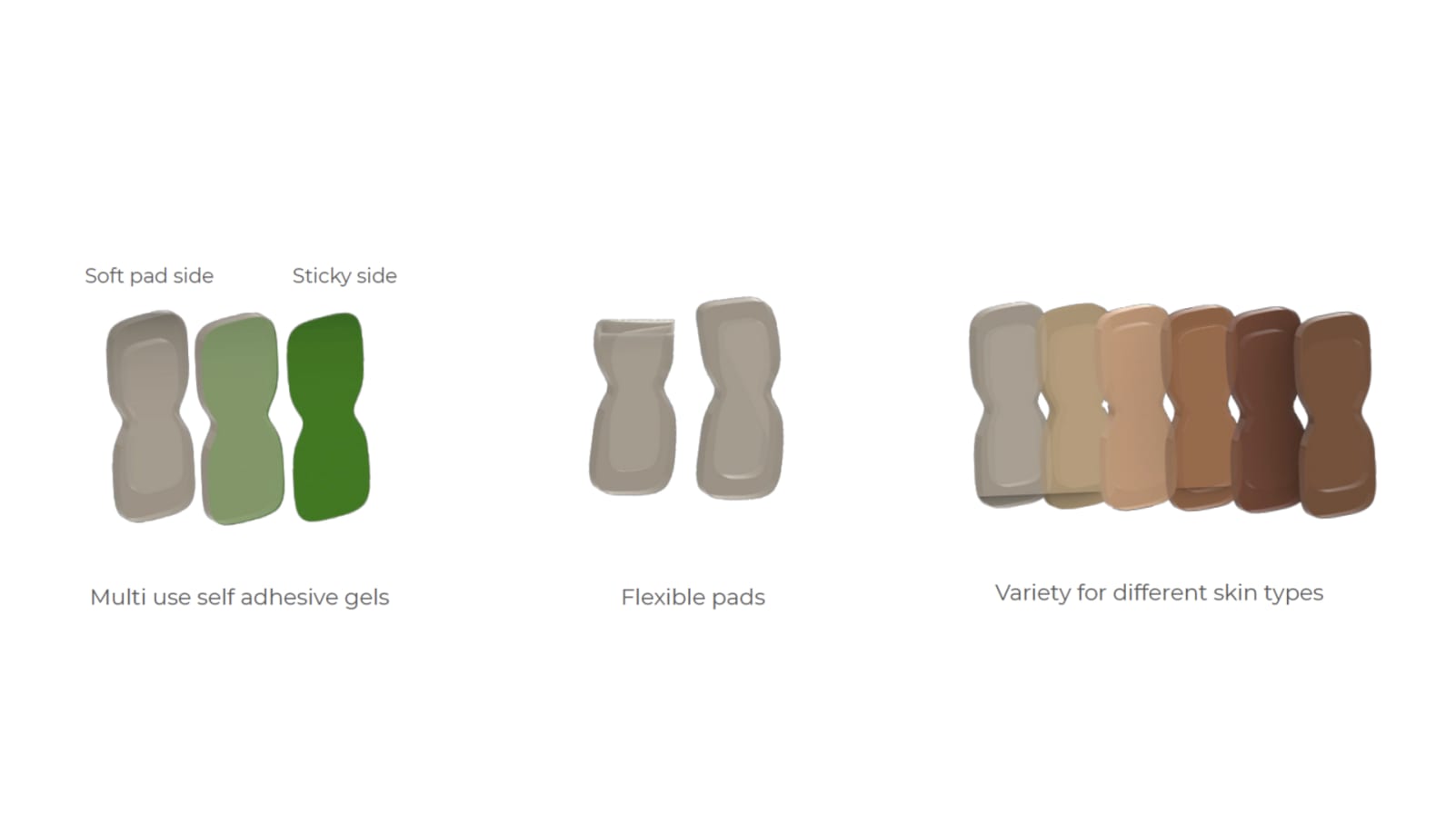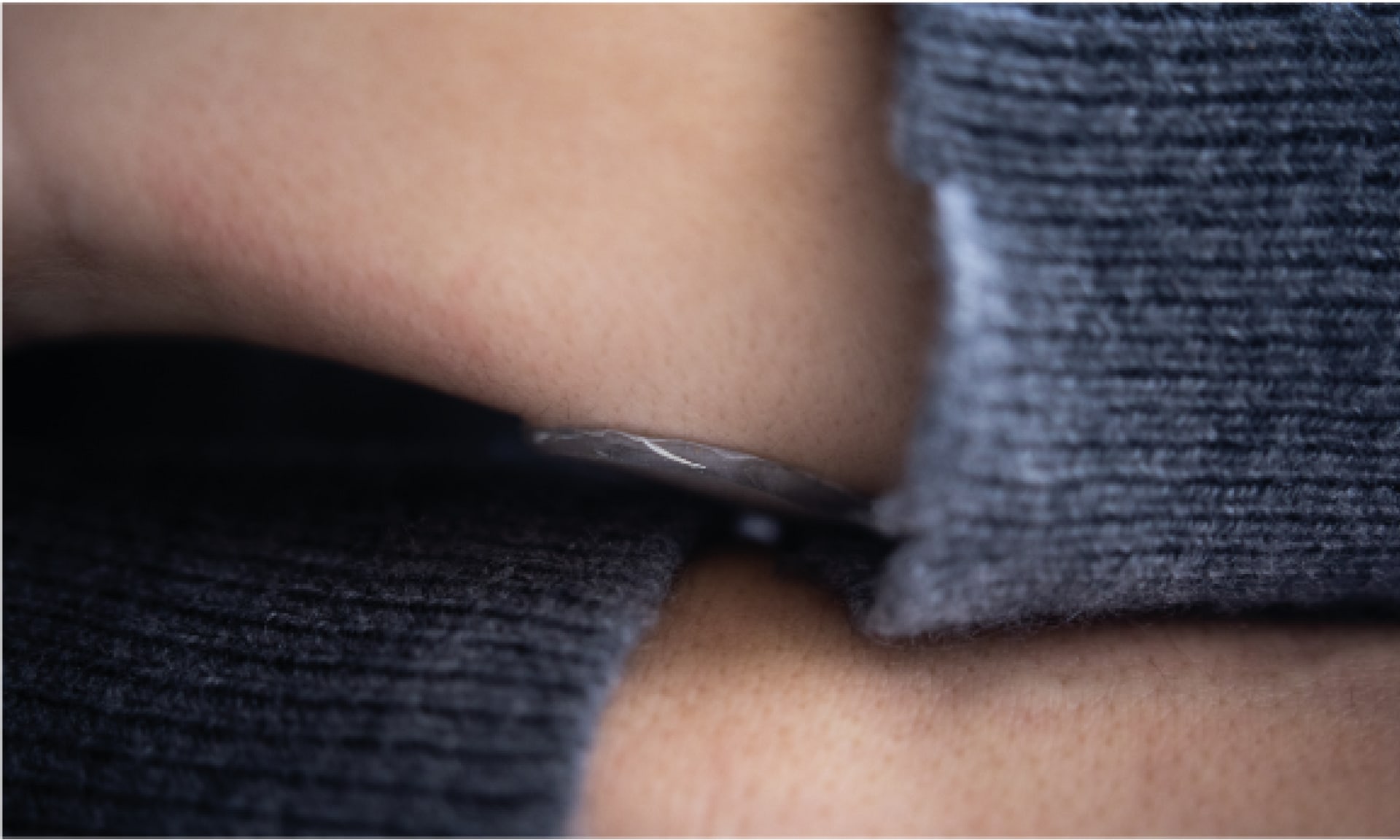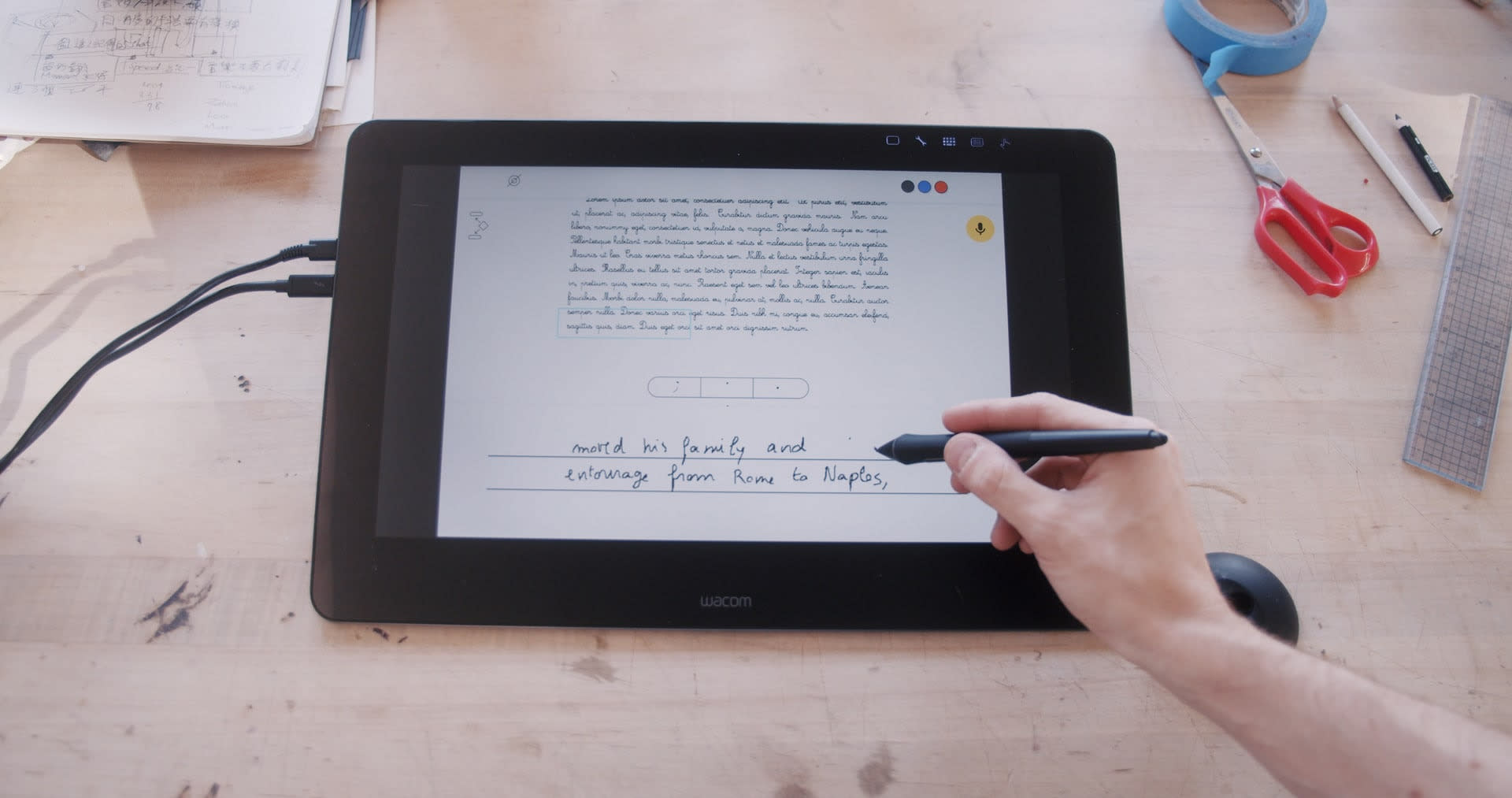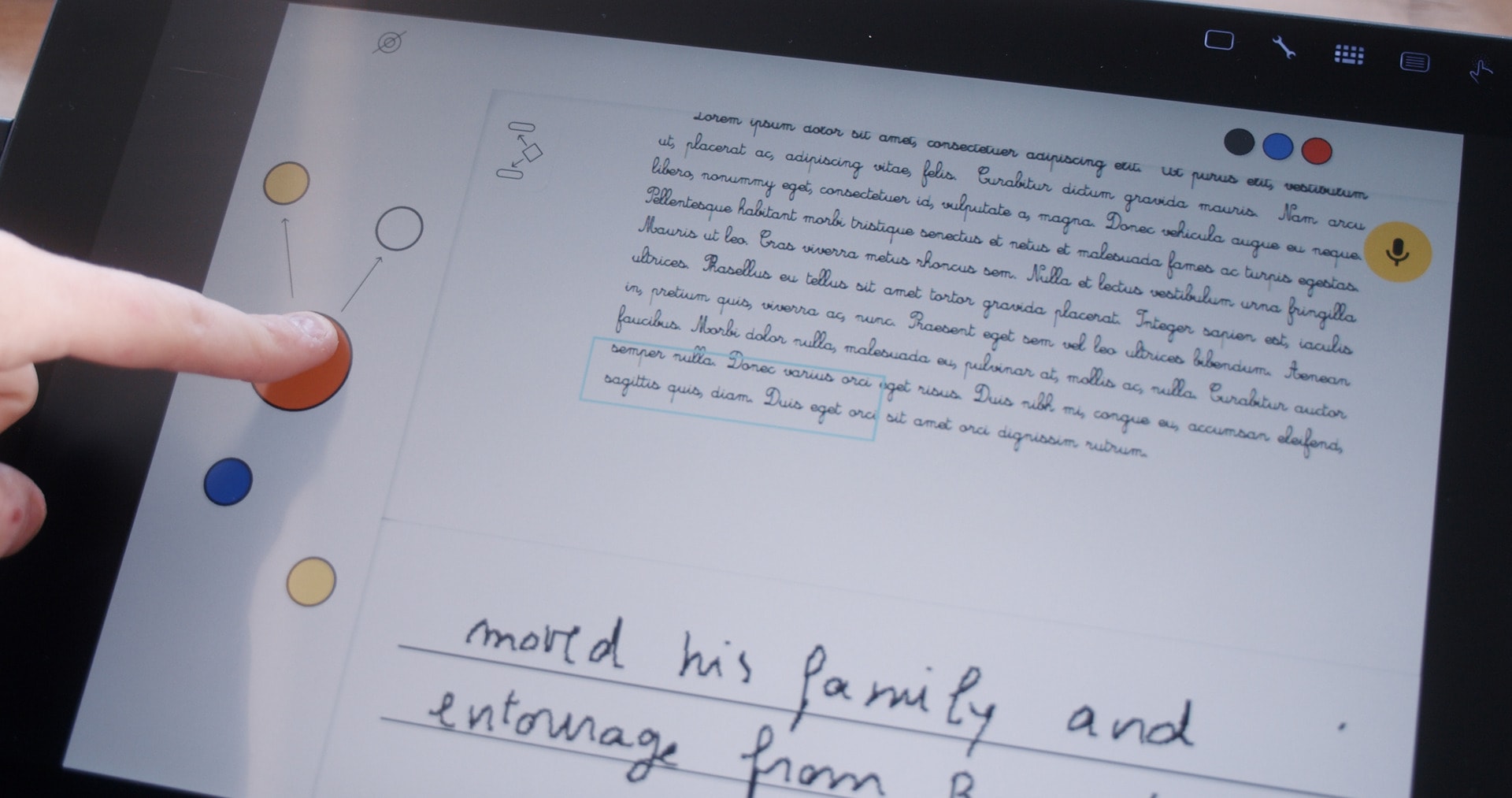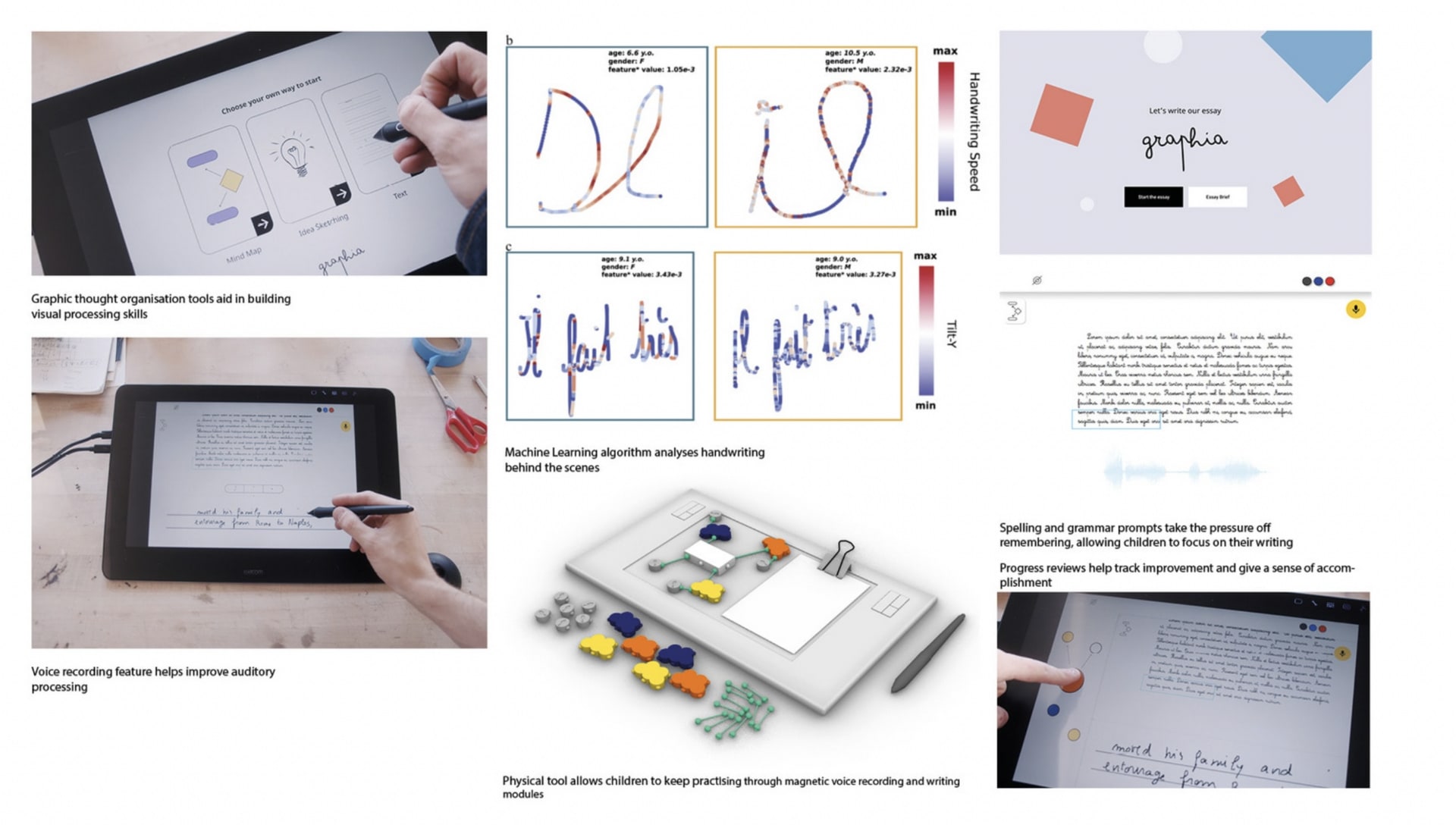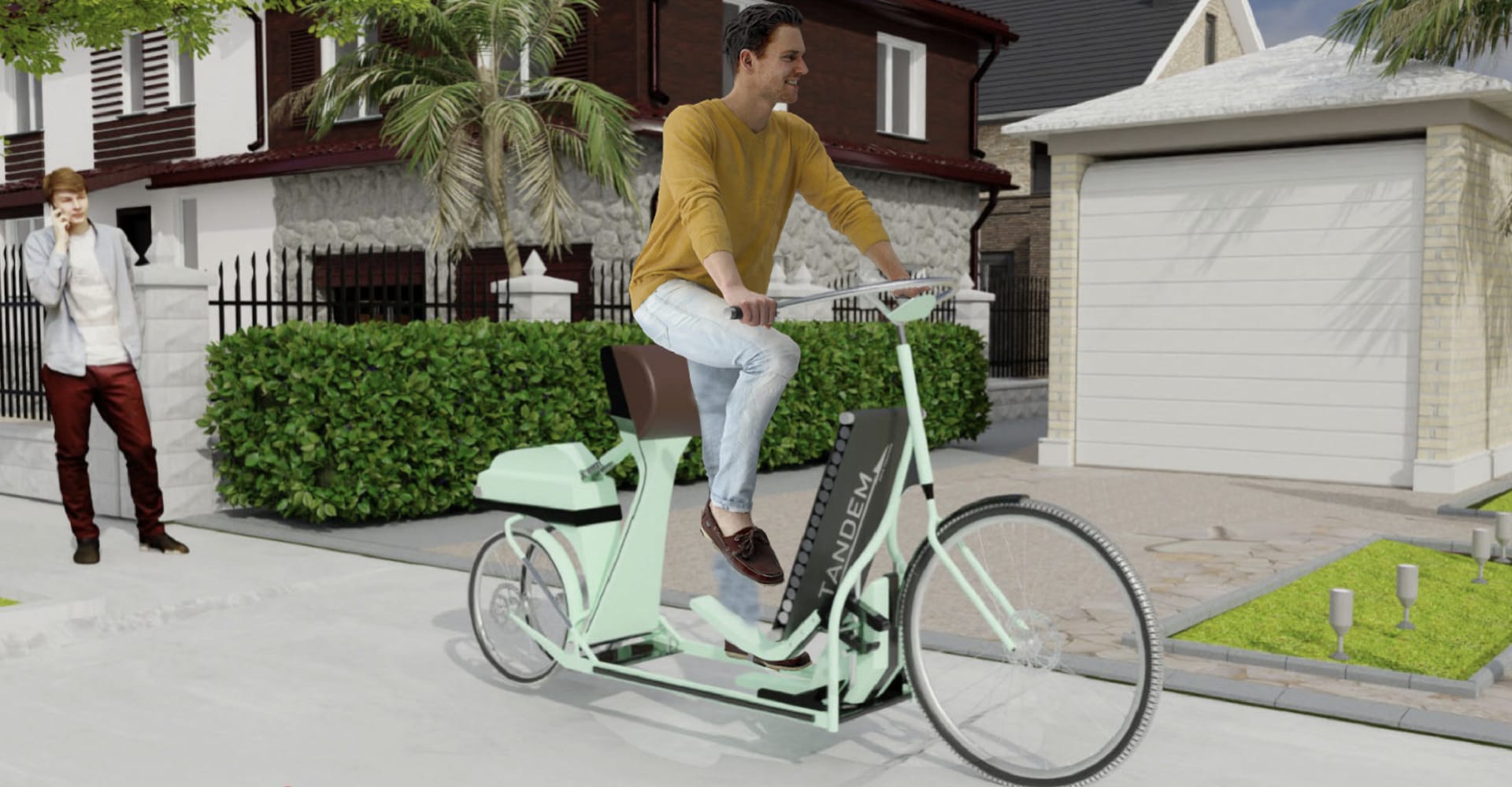Serra is an interdisciplinary designer who enjoys creating functional products and services that improve the human experience and potentially contribute to people's emotional wellbeing. Her background allows her to work agile in Creative roles, as well as Strategic/or Business oriented roles.
Education
MA and MSc - Global Innovation Design, Royal College of Art and Imperial College, London.
MA and MSc Exchange Term - Keio University, Japan and Pratt Institute, New York.
BSc - Business Management, King’s College London, London.
Recent Work
Innovation Consultant at Givaudan UK - Switzerland - France (2020 - 2021)
Designer at Wolf in Motion, UK (2020 - 2021)
Brand Management & Digital Strategy at Enpara.com, Turkey (2017 - 2019)
Experience in Project Areas
Consumer Goods, FemTech, Wearables, Virtual Reality, Web Design, Fintech, Circular Design, and Flavour Design.
Features and Awards
2021, “The Future Happened: Designing the Future of Music”, Museum of Design Atlanta (MODA), (OpenApril 2021 - April 2022). Live exhibit here.
2022, "The Worst Crit of Your Life" a Happiness Centered Design Tool for Designers, IF Design Award Winner
2022, "Graphia", Start-Up Power Award at Pratt Research Open House



